Menu
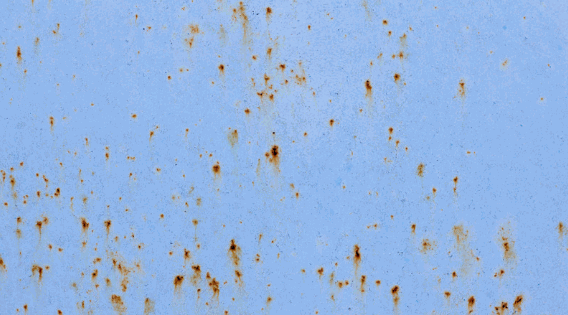
Rendered walls can become stained so quickly, and as property owners, there's nothing more frustrating than seeing your beautiful rendered buildings covered in all sorts of stains, dirt, and growths.
So, knowing how to remove stains from render suddenly becomes incredibly important (when did we all get so bored, right?).
But don't worry, there are a number of different approaches you can use to enhance the appearance of domestic properties in a way that's cost effective, quick, and easy.
Whatever your render stains and whatever your render type - k rend to monocouche, pebble dash to tyrolean - we can help.
First, you need to understand your options...
Of course, commercial vs residential buildings will be treated differently. To remove stains from a domestic building, you could handle it yourself. But for a commercial building, that's less likely to work.
With that in mind, it's important to take into account the buildings you'd like cleaning before thinking about the render cleaning process.
For a domestic building, DIY is an option, but it isn't for a commercial property. However, the following techniques can be used for both:
Let's start with the assumption that the rendered surfaces you need cleaning are a domestic building - your house.
Well, you don't need specialist or professional equipment to do a good job here. A bucket, warm water, bleach, baking soda, white vinegar and a garden hose to rinse might be all you need.
Never let your cleaning solution sit for too long.
Always wear protective gear.
Always patch test an area first so you don't destroy the look of the building. You can check our guide on cleaning render with white vinegar.
A pressure wash is also a great idea for render cleaning and it will remove stains quickly. Just make sure the surface you're working on can handle it.
This method can be difficult to do yourself because you can easily damage your property whilst cleaning render with a pressure washer.
Be careful, and make sure a pressure washer is suitable for the different types of render you might use it on (more on that later).
You should also be careful of plant life when you clean the render. It's all too easy to ruin your flower beds by mistake - so cover them with plastic sheeting and cover yourself in overalls and protective gear too.
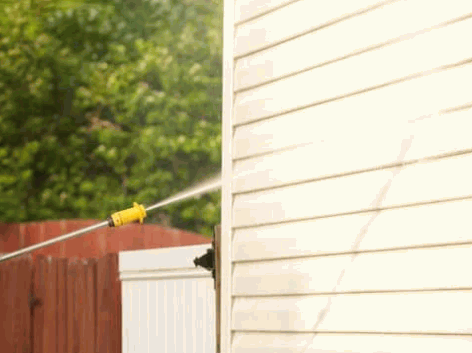
Soft washing render cleaning works a little differently in that it's specifically designed to clean surfaces of biological matter and staining like green algae, red algae, mould, etc. To treat this, a special solution is created.
Now, soft washing is something that can only be carried out by a cleaning company like Wash Your Walls, because knowing the exact mix to tackle the problem is difficult, and may involve trial and error.
Here a gentle mix of biocides, water, and sodium hypochlorite are applied to the wall using a VERY low pressure cleaning system that makes it suitable to most renders (besides dry dash finishes usually).
The gentle process cleans effectively and removes staining with ease, whilst keeping the renders integrity at the forefront.
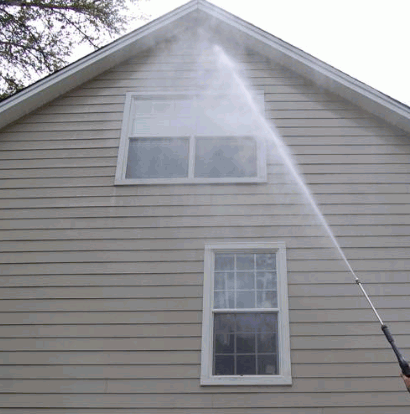
Steam cleaning uses high temperatures and a little water to clean renders. Render cleaning with this method involves heating the water to over 150 degrees so the resulting steams are able to clean render surfaces with ease.
Again, specialist equipment and training is required, so professionals will need to take care of this one.
The benefit here is that it's all natural and can disinfect as it removes algae, green stains, dirt, and just about every other mess quickly and effectively. Although not every type of render can withstand the high temperatures involved, it's important you consult with the pros on this!
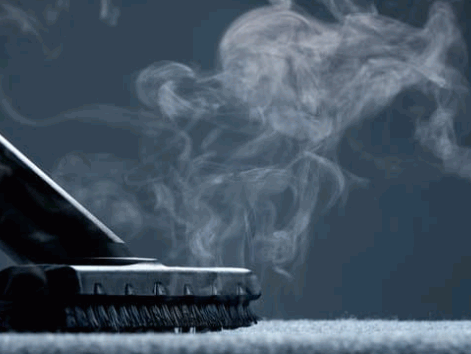
Specific stains sometimes call for specific cleaning methods, so let's explore some of the most common ones and their solutions below.
Rust can be really problematic on the outside of homes, but one of the best ways to remove it is with soft washing - specifically with a non-corrosive oxidation cleaning product that cleaning companies have access to for soft washing.
It will clean up the render brilliantly, and it's so gentle that it can even be used on painted render without risking the paint.
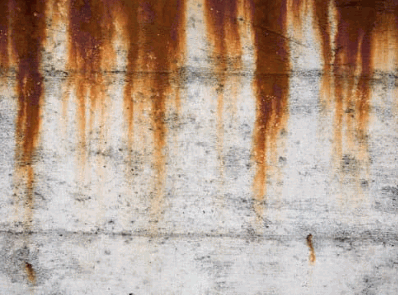
Black stains are usually caused by mould or mildew (and less likely, algae). There are three options for cleaning these stains effectively from k rend and other render types: soft wash, pressure wash or steam cleaning.
But soft washing is usually the most effective because it can be tailored to the specific issue. Cleaning with steam will also work, but it won't prevent regrowth as effectively.
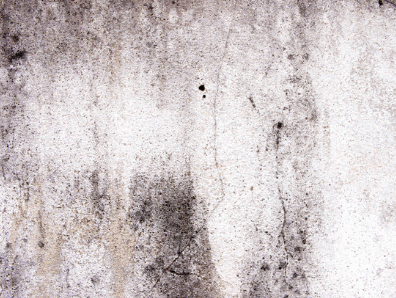
Gentle pressure washing with a homemade solution will kill green algae growth effectively enough, but soft washing or cleaning with steam will as well.
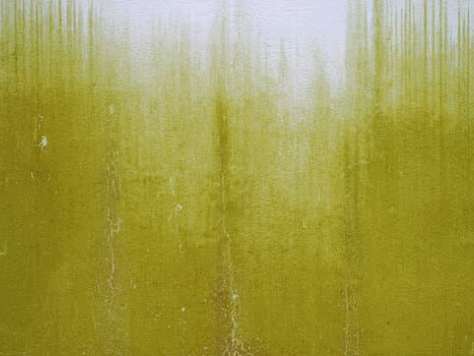
As with algae, other types of organic matter can be cleaned using the same methods. The key to knowing which method to use here is knowing which render you're working with. Check out our article on what causes render to go green.
Some render will fare better with a specific method because it's kinder to it. Soft washing for k rend, for example.
Let's list some other examples below:
*but only at low levels of pressure.
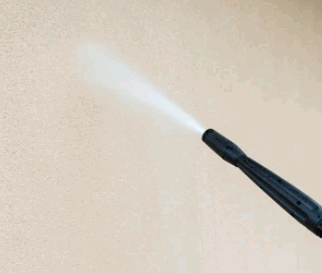
Knowing exactly which render cleaning technique to pick is hard, and it isn't a decision you should just brush over. Damage can be caused if you get it wrong, which is why we always recommend calling in the professionals.
Here at Wash Your Walls, we can discuss your options with you and also provide a free quote for carrying out the work on your render.
We're not just trying to paint a picture where we're your only option. You can do this work yourself. We just think it's easier, less stressful, and safer to work with pros like us - wouldn't you agree?
© Copyright 2024 www.washyourwalls.uk